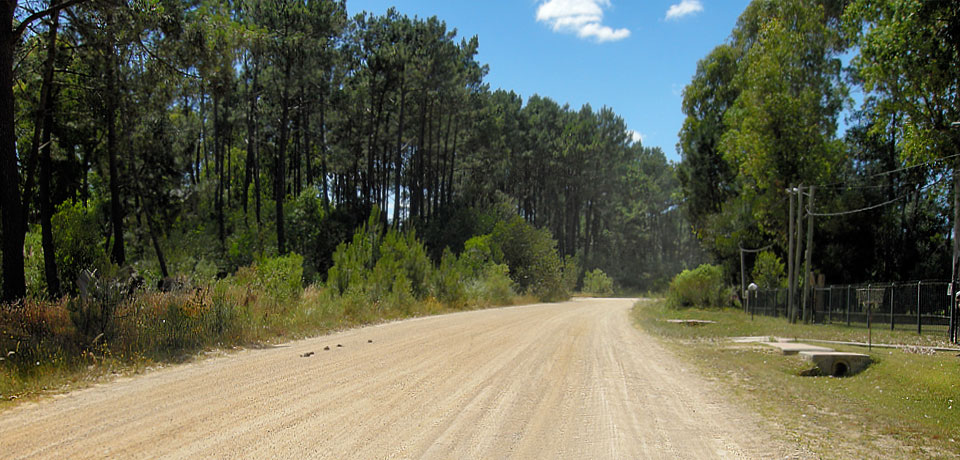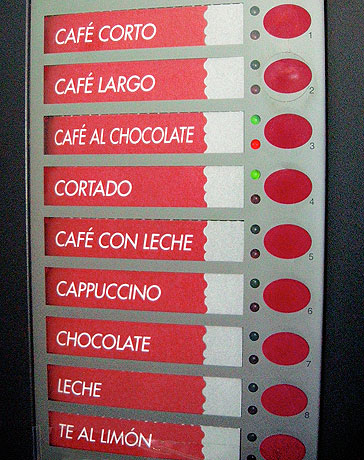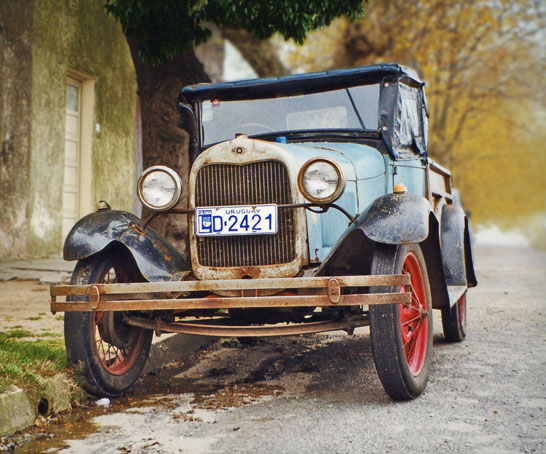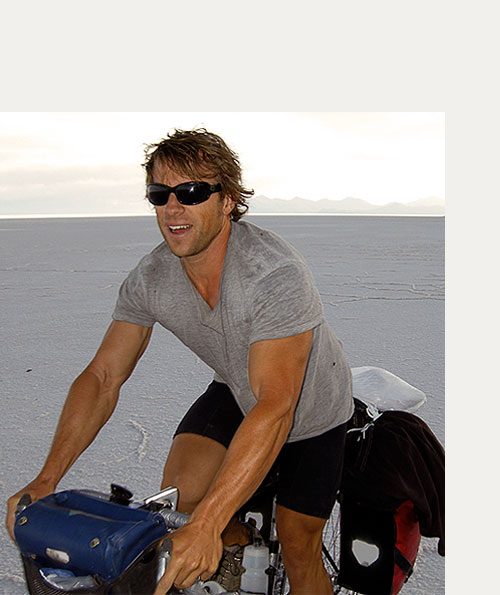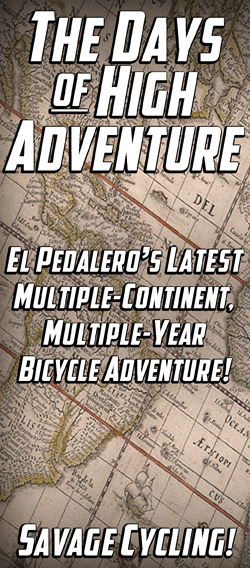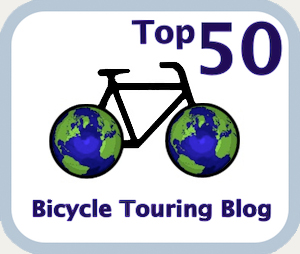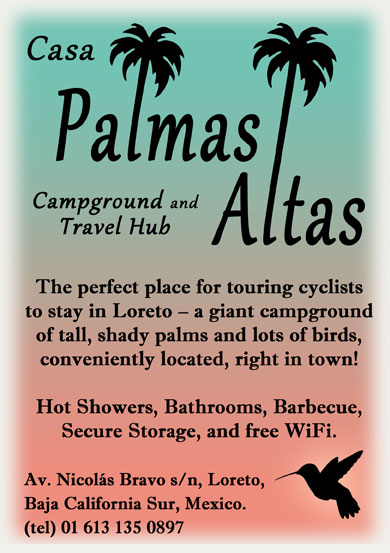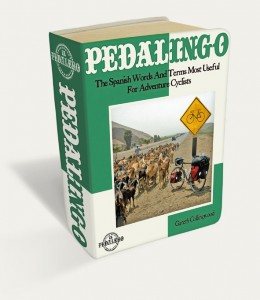Uruguay: The Nice Guay
 Looking back, I should’ve toured Uruguay first. This would have been a gentle introduction to Latin America. Instead, I started in Peru, which was more of a trial by fire. But that’s what I wanted when I started touring and I think that’s what most newbie bicycle travellers want; something different, something difficult, a proving ground. And that’s not the image Uruguay projects.
Looking back, I should’ve toured Uruguay first. This would have been a gentle introduction to Latin America. Instead, I started in Peru, which was more of a trial by fire. But that’s what I wanted when I started touring and I think that’s what most newbie bicycle travellers want; something different, something difficult, a proving ground. And that’s not the image Uruguay projects.
Whether we’re talking about people, politics, culture, climate, flora, fauna, field, or forest, Uruguay comes off as tolerable and tolerant. Unassuming, understated, underrated Uruguay. It’s almost like a piece of Europe broke off and somehow attached itself to South America.
Geographically, Uruguay is easy on the touring cyclist with its flat-to-rolling topography and comfortable climate. The coast is hemmed by maritime pines, grassy dunes, and soft, wide beaches that face the Atlantic. The interior is mostly farmland and pasture, with the odd forest, flood plain, and river basin. The are no mountains in Uruguay–at least nothing you’d bother to call a mountain if you’ve ever seen the Andes. At any rate, hills are not an issue for cyclists. The wind, however, is another story.
On my last tour through Uruguay, I followed the coast east from Montevideo to the Brazilian border and found myself battling a fierce headwind the entire way. This was around November, in Uruguay’s spring, and I was told that the wind was a seasonal thing. Perhaps if I’d travelled during Uruguay’s summer it would’ve been easier.
Well, at least the wind forced me to slow down and appreciate Uruguay’s details which is good because Uruguay is found in the details: in the faded glory of a crumbling seaside hotel outside Montevideo; in a coffee machine with a bizarrely comprehensive list of options; in a conversation with a friendly uruguayo holding a mate Thermos at the crook of his arm who finishes each sentence with ‘tá.
Here’s another detail, and one that cyclists should take note of when touring Uruguay: despertadores. Despertadores are Uruguay’s version of what I would call a “rumble strip,” except they’re far more annoying. A rumble strip, in case you don’t know, is a long line of small, rectangular notches that run parallel to the white line on the side of the highway and are intended to wake up dozing drivers who have drifted onto the shoulder. A despertador (the same word also means alarm clock) achieves the same thing but with three mini speed bumps in a row that cross the entire shoulder, forcing cyclists to swerve around them. I made the mistake of riding over one once and everything bounced out of my handlebar bag.
Uruguay’s greatness comes from its subtle charm. There are no ancient ruins on top of mountains, no lost jungle tribes, no colourful pre-Colombian ceremonies, no flamboyantly painted chicken buses blasting the latest reggaetón hit.
Come to think of it, I’d like to take back what I said at the beginning when I said I should’ve toured Uruguay first. I don’t think I could’ve appreciated Uruguay when I started touring. It’s like I needed all those “obvious” Latin American experiences so I’d have something to contrast with Uruguay’s restrained appeal.
So, my advice: save Uruguay till last, or at least till you’ve learned to slow down and appreciate the details.
Official Name: La República Oriental del Uruguay
Area: 176,215 km² (68,037 sq. mi.)
Population: 3.5 million
Capital: Montevideo
National Official Language: Spanish
Other Languages: Porteñol dialect (mixed Portuguese-Spanish)
Currency: peso uruguayo (UYU)
Highest point: Cerro Catedral 514 m (1,686 ft.)
Lowest point: Atlantic Ocean 0 m
Feature image (top of page): A hundred years ago, maritime pines were planted along Uruguay’s coast to prevent beach erosion. For touring cyclists, these trees also help to block the wind and provide good camping spots.
© El Pedalero, 2012.
